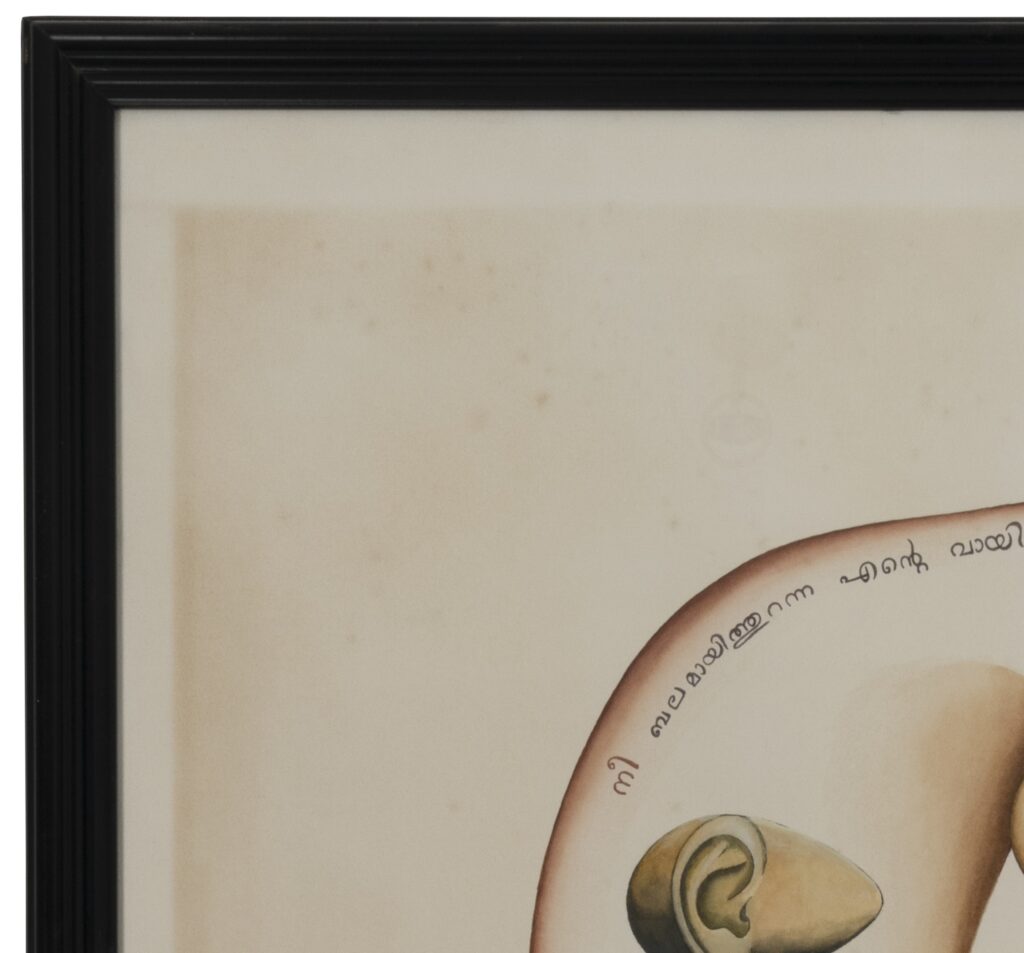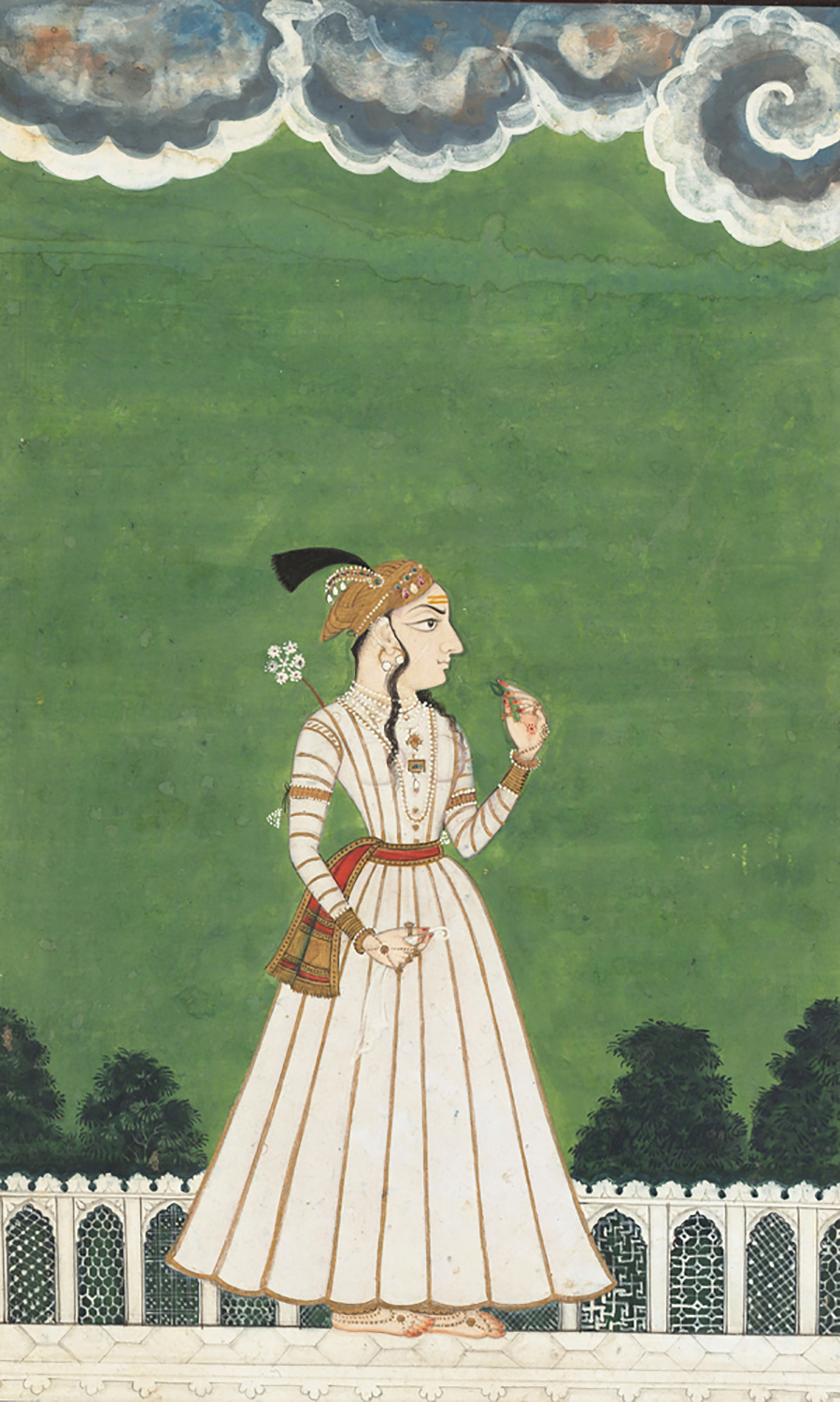Blogs
Conservation Conversations: Effect of Light on Artefacts
Alenla Bhutia
Conservation Conversations is a brand new series where Alenla Bhutia from MAP’s Conservation Team talks about the effect of natural elements on artworks and how to conserve and protect them.
***
I think it’s safe to say that we have all made the mistake of leaving our laundry to dry out in the sun for too long, right? And what has happened to our delicate cotton kurtas and shirts?
Firstly, it has shrunk, there are fantastic creases and if we’re just that lucky – the colours have faded. This is due to the high and long exposure of the clothes in the sunlight. Likewise, prolonged exposure to light can have adverse effects on artefacts and their overall makeup.
So, let’s get to the basics: Sunlight is a portion of the electromagnetic radiation given off by the Sun along with infrared, visible, and ultraviolet light.
Visible light, as the name suggests is a combination of many colours and only makes up a relatively small percentage of the electromagnetic radiation spectrum. Ultraviolet or the UV rays is at the short end of the electromagnetic spectrum with shorter wavelengths, high in energy and very dangerous and the longer wavelength Infrared rays that can be felt as heat is on the longer end of this spectrum. Photochemical activity which happens at the molecular level and causes significant damage to artefacts is the result of these two destructive forces.
We can correlate the sun damage that occurs in humans with the artefacts. For instance, prolonged exposure to sun (UV rays) can cause tanning of the skin, sunburn and premature ageing, to name a few. These damages are cumulative and often irreparable. Similarly, artefacts that are exposed to light over long periods of time can develop spots, get discoloured, turn yellow and even become brittle and fragile.

Now, one might retort “what about sunscreens and sun lotions?” and the answer to that is yes, it does help. However, the sun protection factor (SPF), how it’s applied, the surface where it is applied and the strength of the lotion all affects the protection it provides. In the same way, some artefacts have some type of protective layer applied on it and just like with the spf lotions these protective layers too offer a limited period of protection and have to be reapplied for consistent guard against the light.
That was natural light we discussed, now we move on to artificial lighting. The common light sources such as incandescent, LED and halogen bulbs all emit UV radiations in very small amounts. In fact, there are only a few light sources that do not produce UV rays at all. Though the UV emitted by these bulbs are accepted to be in the safe limits, light damages are cumulative. Unlike at homes and your local shopping malls, the lighting in a museum and art galleries are different – the sunscreen analogy works here as well. To protect the artefacts, indoors protective coatings or a barrier (such as UV and IR filter frames) are used. Additionally, some galleries and museums might feature curtains or motion sensors to make sure the exhibits are only lit when visitors are present in the galleries, but remain closed otherwise.
So, now that we have covered that aspect, let’s discuss the effects of light on artefacts.
The most prevalent kind of light degradation that is observed in objects is the fading of colour, including dyes and natural pigments as well as paints. In art conservation lingo, light damage can also show up as bleaching, yellowing, and occasionally darkening. Unseen chemical changes that happen at the molecular level results in the physical deterioration (such as embrittlement in paper) of the objects.


On painted surfaces (for example “Tanjore” paintings which are usually painted on wooden panels), radiant heat may result in reactions like lifting, cracking, and discoloration. The type and intensity of light, the duration of exposure, and the inherent resistance of the object’s constituent parts all affect how much damage is done.
Let’s take stone sculptures for instance. Compared to paper or textile, they are far more resistant to light exposure. This is the primary reason why when you visit museums different sections of the museum are lit differently.
That begs the question, “How much light is too much?”
Thankfully, there have been a number of studies that suggest the ideal light level for artefact exposure. 50-100 Lux is the usual range recommended for the illumination of delicate objects. However, the position of the artefact, its sensitivity to light and the length of the exhibition will all determine the level of illumination. There are times when you must have come across museum staff examining the artefacts, taking notes or see that a certain exhibit is not there and instead a sign reading ‘object removed for conservation purpose’ is placed; these are all measures taken in order to regulate and monitor different aspects of the artefact (light being one of them).
There are other factors that play a role in the deterioration of objects such as relative humidity and temperature. Stay tuned for our next article on this!
References:
National gallery of art: effects of light exposure
Canadian Conservation Institute
Scientific reports: The mathematical expression of damage law of museum lighting on dyed artworks.
Art Initiative Chicago: Predicting the damages of light.
***
Alenla Bhutia is a Conservator-Restorer trainee at MAP. She is a bibliophile and a solivagant when she is not working.








